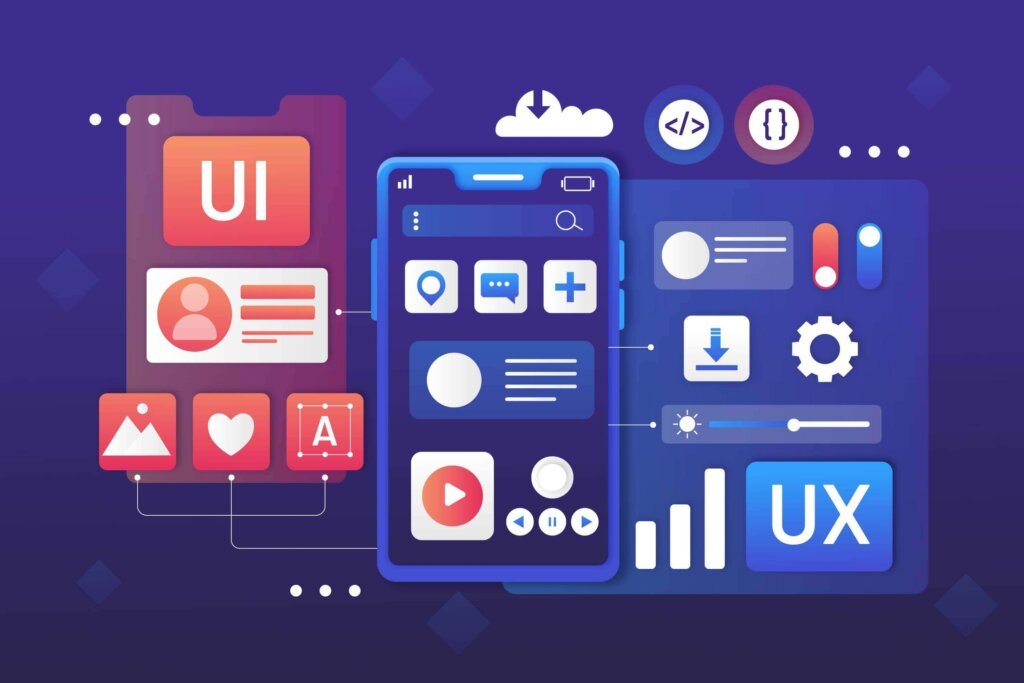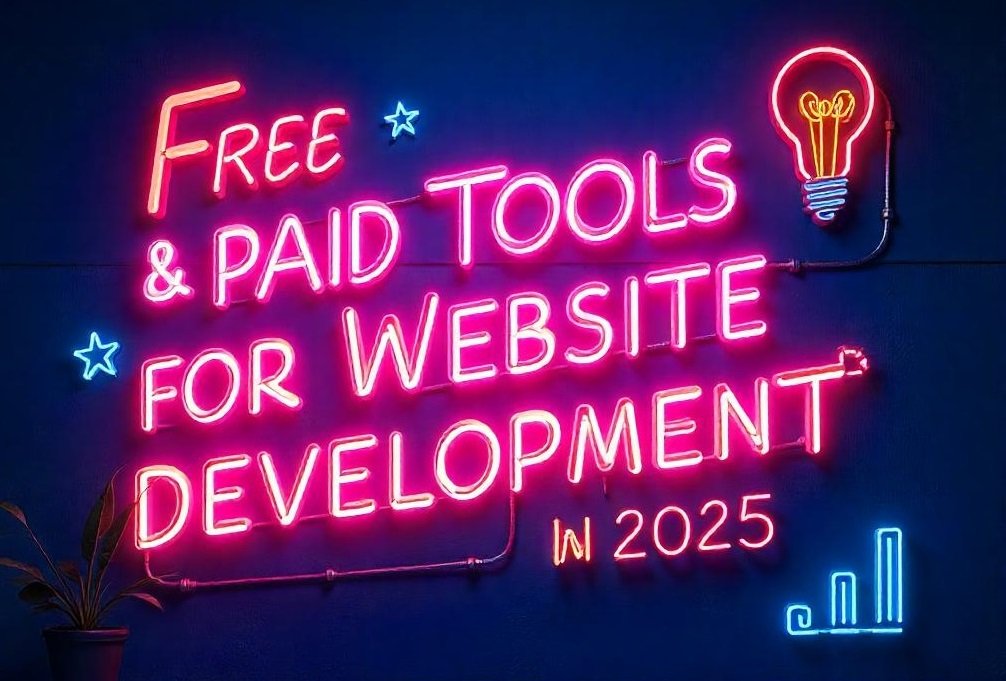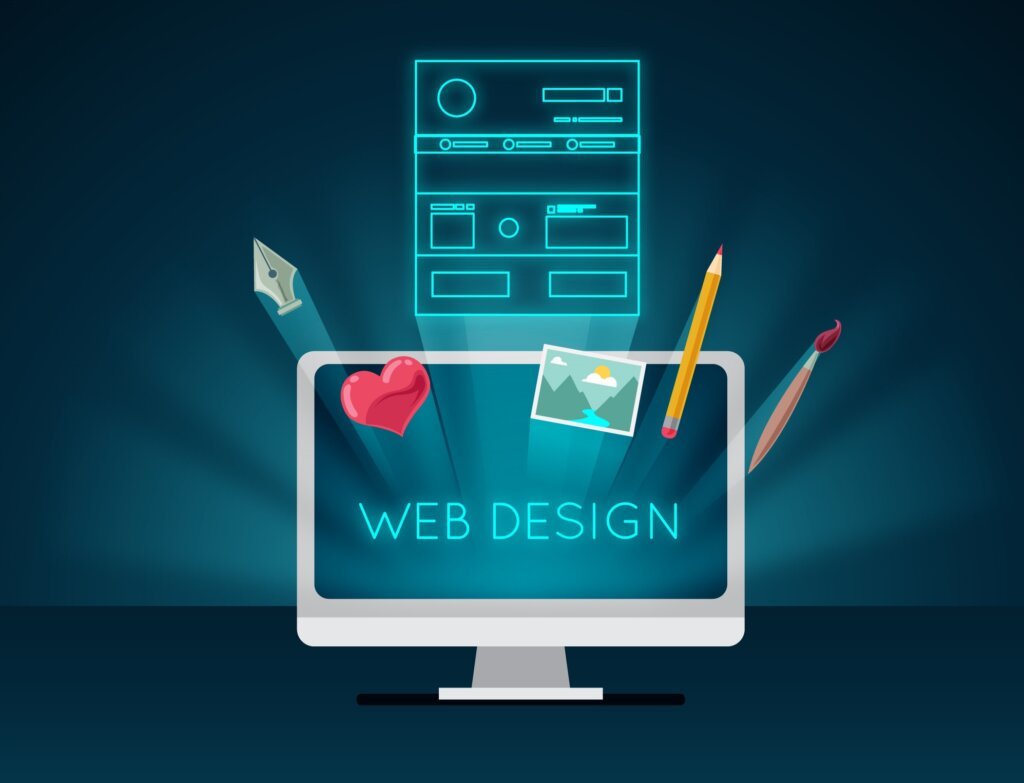
UIvsUX: Unraveling the Key Differences for Better Design!
- November 20, 2024
- rompweb
UI vs UX: Unraveling the Key Differences for Better Design
In the world of website and app development, you will regularly hear phrases like UI (User Interface) and UX (User Experience). While each are essential for growing profitable digital products, they serve specific functions and require special skills. At Rompweb, we specialize in bridging the hole between UI and UX to supply high-quality digital experiences.
This article takes an in-depth look at what differentiates UI and UX, which equipment are used by professionals, and why balancing each factor is necessary for website and app design.
What is UI (User Interface)?
The user interface focuses on a digital product’s visible and interactive factors. What matters is how the product appears and how customers engage with it. A well-designed user interface ensures intuitive navigation and interaction with the product.
Key Elements of UI Design:
- Visual Design: Incorporating colors, typography, and imagery to create an attractive layout.
- Interactive Components: Buttons, sliders, toggles, forms, and different factors that users engage with.
- Responsiveness: Ensuring the format adapts seamlessly to one-of-a-kind gadgets and display screen sizes.
- Consistency: Maintaining a uniform seems to be and sense throughout all pages and interactions.
Popular UI Design Tools:
- Figma: A collaborative interface design tool.
- Adobe XD: For designing wireframes, prototypes, and animations.
- Sketch: A favorite among UI designers for vector editing and prototyping.
- Zeplin: Helps developers translate UI designs into code by providing specs and assets.

What is UX (User Experience)?
UX focuses on the overall experience users have when interacting with a product. It ensures that every touchpoint in the user journey is seamless, intuitive, and pleasant. UX design goes beyond visual representation and looks at the structure, usability, and emotional impact of a product.
Key Elements of UI Design:
- User Research: Understanding the target audience’s needs, preferences, and pain points.
- Wireframing and Prototyping: Creating blueprints and prototypes to visualize workflows.
- Information Architecture: Organizing content logically for easy navigation.
- Usability Testing: Refining the product based on real user feedback.
Popular UX Design Tools:
- Axure RP: For wireframing and prototyping.
- Balsamiq: Known for creating low-fidelity wireframes quickly.
- Hotjar: A tool for analyzing user behavior through heatmaps and session recordings.
- UserTesting: Provides insights by letting real users test your design.

UI vs. UX: Key Differences
Aspect | UI (User Interface) | UX (User Experience) |
Focus | Visual aesthetics and interactivity | User journey and satisfaction |
Scope | Individual screens and touchpoints | Overall product usability |
Goal | Attractiveness and intuitiveness | Functionality and problem-solving |
Tools | Figma, Adobe XD, Sketch, Zeplin | Axure RP, Balsamiq, Hotjar, UserTesting |
Importance | First impressions and brand identity | Long-term user retention and loyalty |
Both are integral to creating a product that is visually appealing and functionally effective.

Why UI and UX Are Crucial in Website and App Design
- First Impressions Matter (UI):
A visually appealing interface immediately attracts the user’s attention. A poor interface can turn users off, regardless of how functional the app or website is.
- Seamless Navigation Keeps Users Engaged (UX):
Even the most beautiful interface will not be successful if users have difficulty navigating the product. UX ensures a smooth, intuitive journey that meets user expectations.
- Drives Conversions:
Whether it’s completing a purchase or signing up for a service, the perfect blend of UI and UX minimizes friction and encourages users to take action.
- Builds Trust and Loyalty:
Consistency in design (UI) combined with a satisfying experience (UX) builds trust and keeps users coming back.
- Enhances Accessibility:
Inclusive designs tailored to users with different abilities ensure your product reaches a wider audience.
The Perfect Balance: Why You Need Both
UI and UX are not standalone components. They work in harmony to create a holistic user experience. Here’s how:
- UI attracts users; UX retains them.
- UI focuses on aesthetics; UX solves problems.
- UI drives engagement; UX fosters satisfaction.
At Rompweb, we understand the complex balance between UI and UX. Our team uses cutting-edge tools and methods to design websites and applications that are both visually stunning and highly functional.
Why Choose Us?
- Tailored Solutions: Designs customized to your business goals and audience.
- Expert Team: Skilled in the latest UI/UX tools and trends.
- User-Centric Approach: We prioritize your users’ needs and preferences.
Ready to transform your digital presence with exceptional UI/UX design? Let’s create something extraordinary together.
Contact Rompweb today and we’ll help you build products your users will love!
- UIUX, Web Design
What do you think?
The design & dev agency you've been looking for.
Ready to elevate your online presence? Drop us a message below, and let’s start a conversation about your website
Your benefits:
- Best Design
- Independent
- Competent
- Results Driven
- Problem Solving
- Transparent


